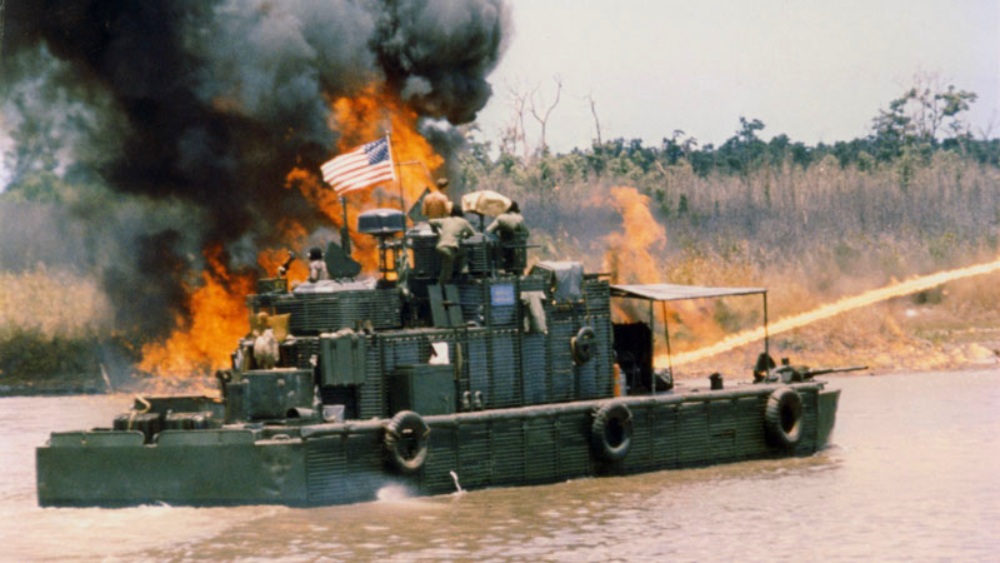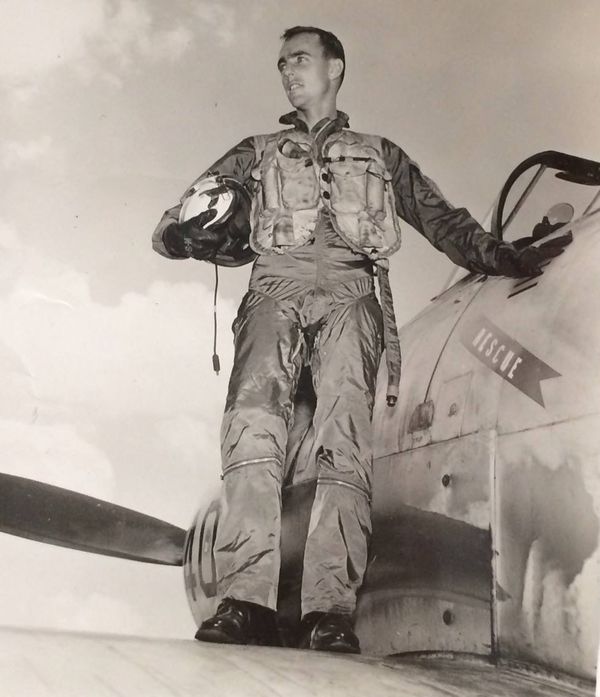
An estimated 760,000 to 1 million refugees managed to flee North Vietnam by land, sea, or air before the Geneva Accords–mandated deadline.Īpril: Last French forces and advisers leave South Vietnam. Navy transported nearly 310,000 refugees from North to South Vietnam.

Direct French involvement in training mission ends.ġ8 May: Operation Passage to Freedom ends. Military Assistance Advisory Group, Vietnam, takes over training of South Vietnamese forces from Training Relations Instruction Mission. Black (AP-135), which sailed on 29 October with 5,224 Vietnamese aboard.ĭecember: U.S.–French combined Training Relations Instruction Mission (TRIM) established TRIM has responsibility for training nascent South Vietnamese forces, including the Vietnam Navy (ultimately, Sea Force, Coastal Force, and River Force). The record for the most passengers taken in one three-day voyage was set by USS General W. The seaborne portion of Operation Passage to Freedom, which included U.S., French, British, Taiwanese, and Polish ships, begins.ġ7 August: USS Menard (APA-201) is first Navy vessel to leave Haiphong for South Vietnam, embarking 1,924 refugees. Navy Task Force 90 is constituted in the Philippines from tank landing ships (LSTs) and cargo vessels.

Refugees swamp Hanoi and Haiphong, seeking evacuation to the south. 1954ħ May: Climactic French defeat at Dien Bien Phu ultimately leads to July 1954 Geneva Accords, which ends French colonial rule and partition Vietnam at the 17th parallel.Īugust: Geneva Accords allows 300 days of free movement between (communist-controlled) North and (non-communist) South Vietnam. Military Assistance Advisory Group (MAAG), Indochina, in Saigon to administer material assistance program to French Union forces MAAG’s small Naval Section (initially eight officers and men) also oversees development of base facilities.


 0 kommentar(er)
0 kommentar(er)
